What is Facebook Pixel?
Facebook Pixel is a piece of code that can be applied to a website in order to monitor user activity, collect information, and enhance Facebook advertising campaigns. When a user visits a website with the code installed, the pixel functions by installing a cookie on the user’s browser.
Once the pixel is in place, it can keep tabs on the pages a user views, the products they click on, and the items they put in their shopping cart. With this information, advertisers on Facebook will be able to better target their ads, reach the right people, and evaluate the success of their efforts.
For businesses with a Facebook advertising budget, Facebook Pixel is a game-changer since it lets them monitor site visitors and tailor their ads to their individual interests and behaviors. Businesses may boost their ROI and increase conversions by making ads more tailored to their target audience based on this information.
Facebook Pixel allows you to use signals to help you get to know your specific audience. In particular, the habits and interests of your audience.
These signals will provide you with all the details you need to develop personalized audiences, meaning that your campaigns are tailored for and delivered to those who are most likely to purchase from your company.
Steps to Integrate Facebook Pixel on Website
Here are the steps to integrate Facebook Pixel on your website:
Set up a Facebook Ads account: If you don’t already have a Facebook Ads account, create one by going to the Facebook Ads Manager and following the prompts.
Create a new Facebook Pixel: From the Ads Manager, click on the “Pixels” tab, then click “Create Pixel”. Follow the prompts to name your pixel and set up the tracking options you want to use.
Install the Facebook Pixel code on your website: There are a few ways to install the Facebook Pixel code on your website, depending on your website platform and technical expertise. The most common method is to add the Pixel code to the header of your website’s HTML code. Alternatively, you can use a third-party plugin or tool to install the Pixel code on your website.
Verify your Facebook Pixel installation: Once you’ve installed the Pixel code on your website, go back to the Ads Manager and click “Actions” next to your Pixel name. Click “Verify Pixel” and follow the prompts to check that your Pixel is working correctly.
Set up events and custom conversions: With your Facebook Pixel installed, you can start setting up events and custom conversions to track user behavior on your website. This will allow you to create custom audiences and optimize your ad targeting based on user actions.
Test and optimize your Pixel: Once you’ve set up your Pixel and events, test them to make sure they’re tracking correctly. Use the data you collect to optimize your ad targeting and improve your advertising strategy over time.
By following these steps, you can integrate Facebook Pixel into your website and start collecting valuable data about your visitors to improve your advertising campaigns and grow your business.
How Facebook Pixel On A Website Can Be Beneficial
For businesses interested in getting the most out of their Facebook advertising budgets, Facebook Pixel is an invaluable tool.
Businesses can improve their return on investment (ROI) and reach their target demographic by analyzing user activity on their site and using that data to build custom audiences for targeted advertising.
We’ll go over how implementing Facebook Pixel on your site will help you get the most out of your advertising money on the platform.
1. Track User Behavior:
Whenever a visitor visits your website, Facebook Pixel will drop a cookie on their browser to keep tabs on their browsing habits.
This cookie records information on a user’s interactions with the website, including the links they click and the items they put in their shopping cart. With this information at hand, advertisers can better tailor their messages to certain demographics and increase their return on investment.
This information will allow you to target certain groups of users with more relevant and engaging ads.
In general, Facebook Pixel’s ability to track user activity can shed light on your target demographic and lead to more effective marketing campaigns.
2. Create Custom Audiences:
Using Facebook Pixel, you can monitor visitors’ actions on your site and compile useful information for developing targeted audiences and delivering more relevant ads.
The term “custom audience” refers to a subset of people who share specific traits, such as interests, behaviors, or demographics.
More successful advertising campaigns that strike a chord with their intended audience can be developed by generating unique audiences based on user behavior.
If you own an online store and have found that some customers consistently visit your site and add products to their basket but never actually finish a transaction, you can develop a custom audience of these users and target them with a personalized ad campaign that pushes them to actually make a purchase.
You can increase your advertising’s ROI by doing this, as well as boost your conversion rates.
3. Optimize Ad Targeting:
Using Facebook Pixel, you can monitor site visitors’ actions—such as the pages they browse and the items they buy—to fine-tune your advertising strategy.
With this information, you can craft more relevant advertising campaigns that will have a greater impact on your audience and result in more conversions.
If a person has shown interest in a certain product on your site, you can increase that product’s conversion rate by retargeting them with an ad using Facebook Pixel.
In addition, with Facebook Pixel, you can identify which visitors have made a purchase or converted on your site in the past, allowing you to remove them from future ad campaigns while reserving a budget for attracting brand-new customers.
This can help you allocate your advertising funds more efficiently and stop spending money on people who have already made a purchase from you.
4. Measure Effectiveness:
Conversions on your website, such as purchases, signups, or downloads, can be tracked using Facebook Pixel and their effectiveness in relation to your Facebook advertising budget can be calculated.
This information can be used to determine which efforts are most effective at generating conversions, and which ones need to be scrapped in favor of others.
If you discover that a certain advertising campaign is not generating many conversions, for instance, you might try changing the campaign’s targeting, message, or creative to see if that helps.
You can use Facebook Pixel to track conversions, allowing you to make informed decisions about your advertising strategy and fine-tune your campaigns for maximum impact.
You can learn a lot about how people interact with your website by using Facebook Pixel, including how long they stay, how many pages they see, and how often they leave.
By analyzing these metrics, you can learn more about the behavior of your site’s visitors and pinpoint places where you can make enhancements.
5. Improve ROI:
You can increase your return on investment (ROI) and make the most of your advertising budget by using Facebook Pixel to make customized ads, assess their efficacy, and adjust your advertising approach.
You may get better results from your advertising budget by using Facebook Pixel to design more targeted ad campaigns that will have a greater impact on your audience and lead to more conversions.
Furthermore, Facebook Pixel offers insightful data on how users interact with your website, allowing you to pinpoint problem areas and enhance your conversion rates.
If you use this information to enhance your website and advertising approach, you may boost conversion rates and get more out of your advertising budget.
Conclusion
Using Facebook Pixel, you can boost the efficiency and return on investment of your advertising initiatives.
You can design more focused and effective campaigns that produce results and expand your business by tracking user behavior on your website, creating bespoke audiences, optimizing your ad targeting, measuring conversions, and enhancing your advertising strategy.
By installing the Facebook Pixel on your site, you can learn useful information about your users, which you can then use to develop more specific audiences for your ads.
Increase your return on investment (ROI) and get the most out of your advertising budget by tracking the success of your campaigns and making adjustments depending on the data you collect.
In sum, Facebook Pixel is an indispensable asset for any company serious about maximizing the return on investment (ROI) of its website and Facebook marketing initiatives. It doesn’t matter how big or small your company is, Facebook Pixel will help you reach your financial goals and increase your revenue.



















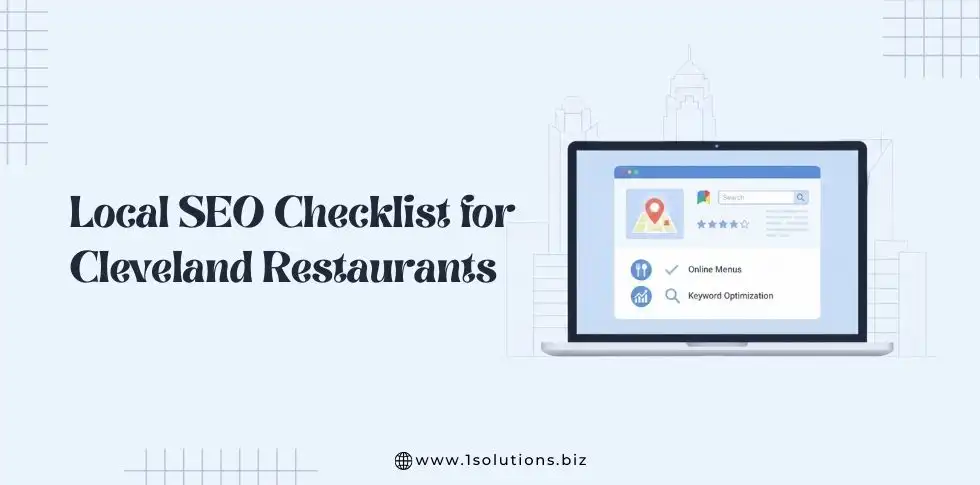
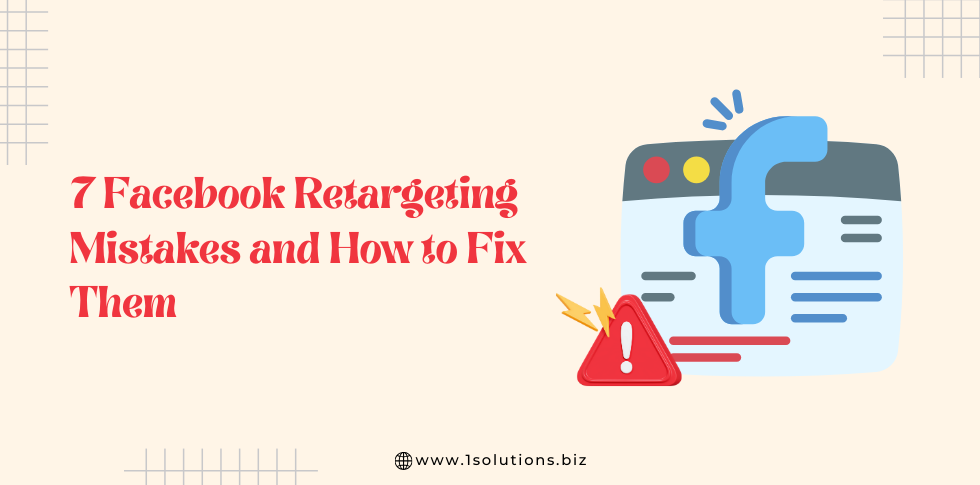
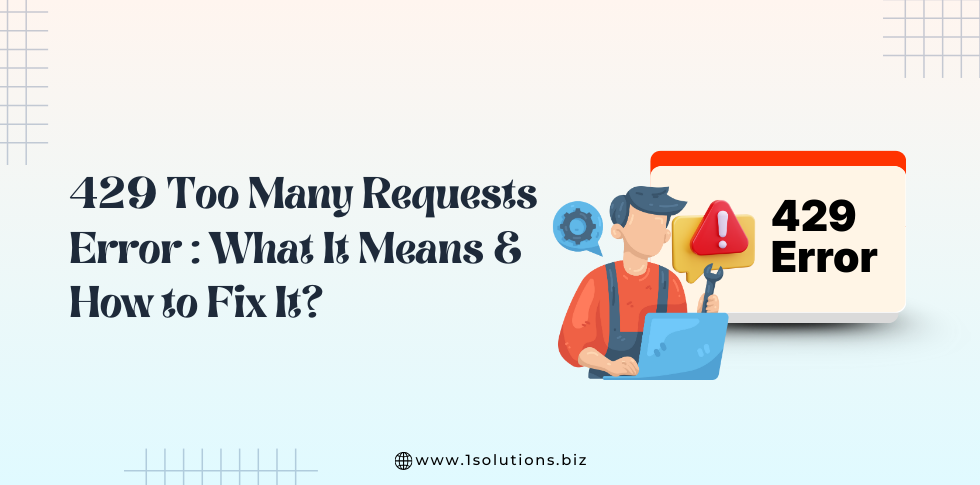

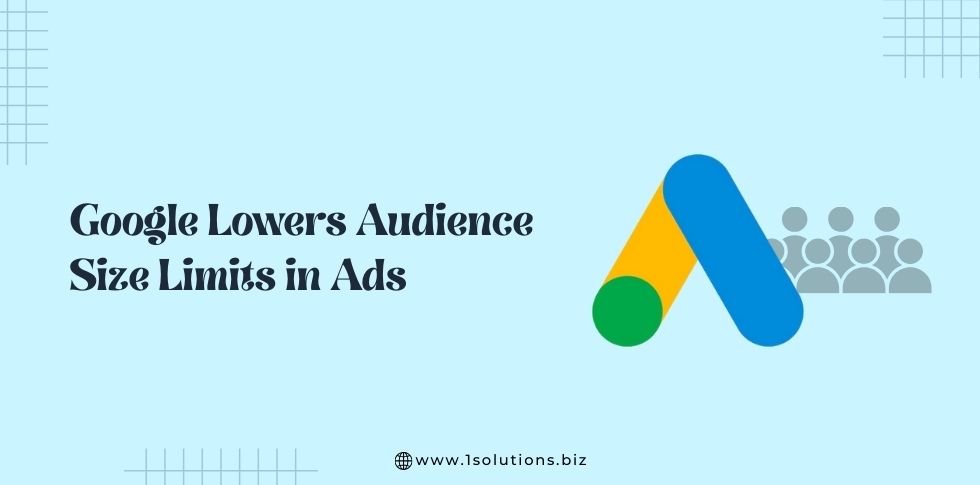


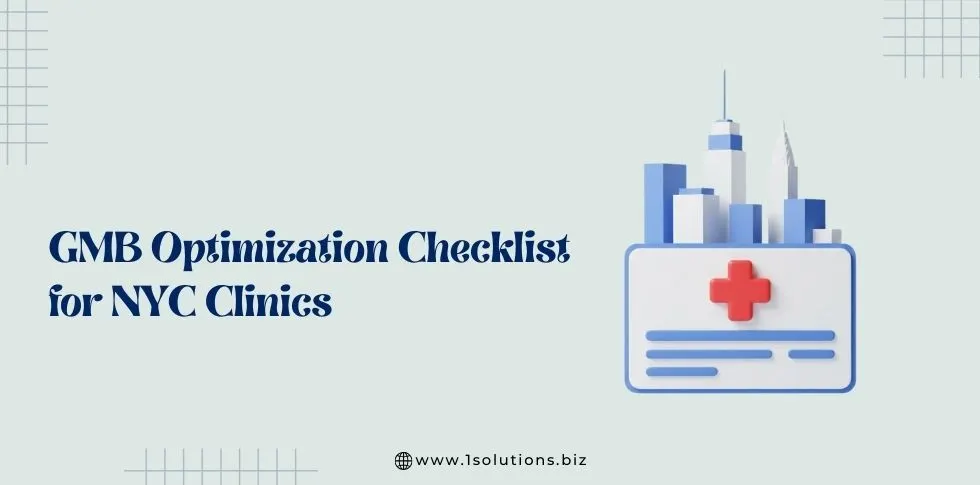




 in India
in India